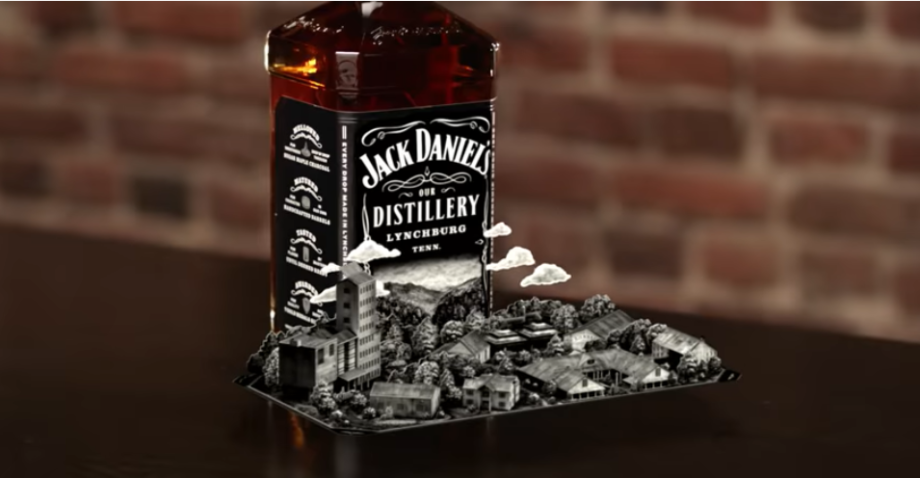Nowadays, thousands and thousands of information and products are seen by one person every single day.
In such a context, companies have had to find ways to differentiate themselves and capture the attention of the public, before the product itself is tried and handled by the user.
One of the ways to do so is transforming the packaging, which has evolved to the point of becoming one of the most important elements for the success of a product. During this evolution, packaging has met immersive technologies, and in particular AR, giving life to what is called intelligent packaging.
Bother reading, hard to open, not attractive nor interactive designs are just some of the issues that product-centered packaging have since there is no will to connect with the consumer and transmit an emotional message. In a nutshell, showcase product features rather than the value that the product can give to consumers is no longer enough. Here is where intelligent packaging works adding to a functional design an additional benefit. In fact, The capacity of packaging to connect with consumers and give value in the form of information, automation, or customization functionality is what defines its intelligence.
Among all the options for delivering this functionality, Augmented Reality is unquestionably the best, adding a digital layer to the physical packaging that can be visualised with the camera of smartphones or other devices.
But how intelligent packaging can be used?
Firstly, AR applied to package allows designers to create attention-grabbing, visually attractive, and customer-centered physical packaging differentiating the product from its immediate competition.
In addition, AR-enabled package designs have the potential to increase consumer loyalty while also attracting new customers, promoting company growth. Also, intelligent packaging is a fantastic method to give consumers more complete, transparent, up-to-date, and accurate information, containing not only data about a product’s production chain, nutritional information, or the history of a brand but also creating an extra benefit connecting consumers with social themes such as sustainability, showing additional and valuable information in an innovative and eye-catching way. One example is Herbal Essences, which builds an immersive AR experience to educate consumers about the life cycle of its goods and the issue of plastic waste through an app.
Another interesting advantage is surely the possibility to transform the packaging in a mean to deliver entertainment content. Jack Daniel’s Augmented reality feature permits customers to take a virtual tour of the Jack Daniel’s Distillery, discovering its secrets.
Last but not least, AR packaging is cost-effective, time-saving, permits to minimises waste, and most of all is dynamic, allowing companies to tailor their marketing approach to events and emerging trends in real-time.
By the end, the turning point that AR packaging produce is surely the possibility to produce something exciting for the costumers, underlying again how the simple product alone is no longer enough since costumers search for valuable experiences.


